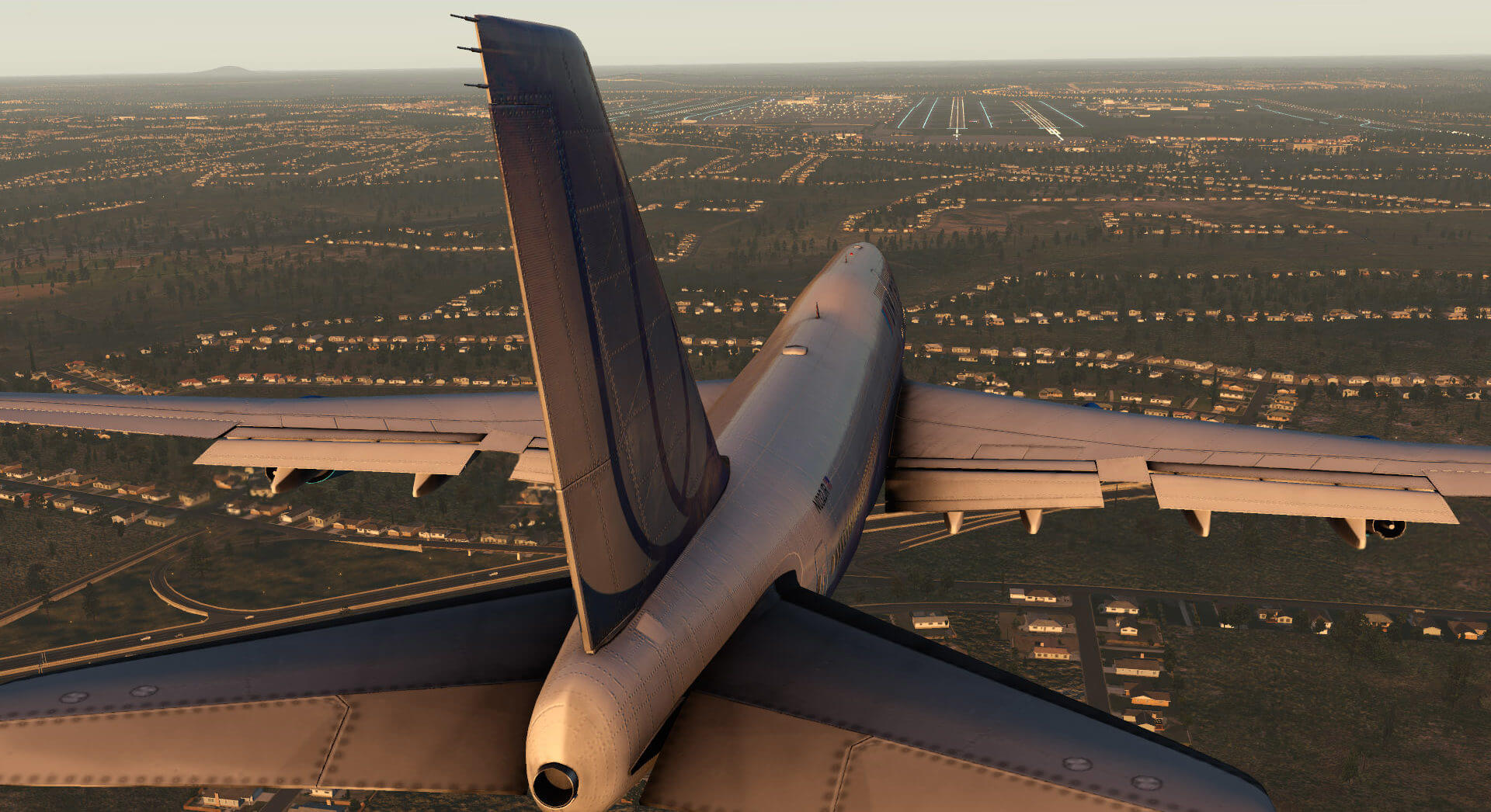
On November 10, 2018, twelve days after the crash of Lion Air Flight 610, Boeing publicly disclosed MCAS in discussions with airline operators and other aviation representatives. The first 737 MAX was delivered to the customer in May 2017.ĭuring aircraft certification, Boeing removed the MCAS description from the MAX flight manuals, leaving pilots unaware of the system when the aircraft entered service. The glider has also undergone some changes. The main change was the use of more powerful and larger CFM International LEAP-1B engines.

In this review, we will take a look at the latest rendition of X-Plane from Laminar Research and see how it measures up.The Boeing 737 MAX is the fourth generation of Boeing 737 medium-range passenger aircraft created by Boeing to replace the Boeing 737 Next Generation family. The default aircraft have also been upgraded with improved flight dynamics, cockpits and systems. The list of new features is extensive but some of the highlights include a new weather engine and Air Traffic Control (ATC) system, upgraded lighting and sound environments and seasons are now modelled. Instead, Laminar rebuilt it from the ground up, with almost every part of the platform rewritten based on first-principles physics. The Airbus A330-300 has been modelled to an excellent standard with a custom fly-by-wire system. Laminar Research, however, appeared keen to take on the challenge and two years after the launch of MSFS, X-Plane 12 arrived in Early Access. So, for any competing flight simulation platform, it would be a tough act to follow.

The introduction of new technologies and almost life-like recreation of the planet was nothing short of a revolutionary jump. The release of Microsoft Flight Simulator (MSFS) is arguably one of the more significant developments in flight simulation. 15th December 2022 Review X-Plane 12 Rebooted


 0 kommentar(er)
0 kommentar(er)
